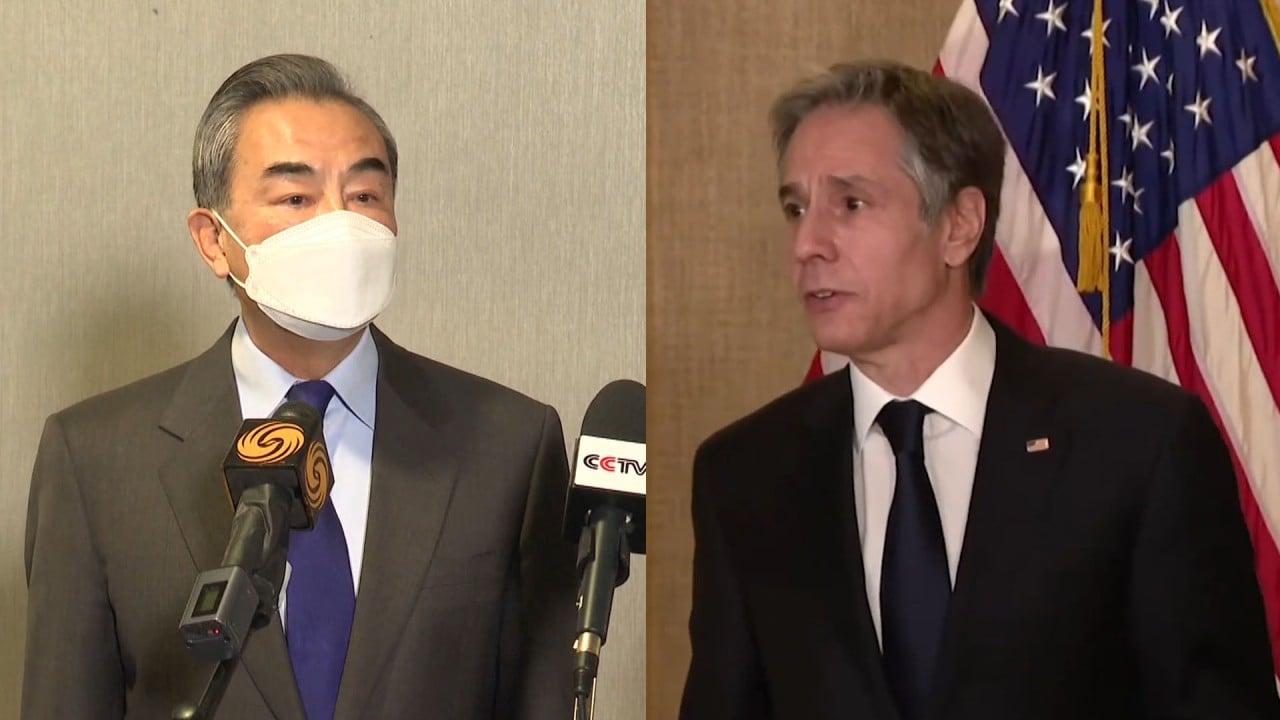
China’s nuclear threat to US grows, mainly in the risk of a mishap, experts say
- Testimony to the US-China Economic and Security Review Commission includes ways a skirmish, perhaps over Taiwan, could spin out of control
- ‘A more competitive US-China relationship’ could increase chances of conflict, panel is told
China’s nuclear arsenal is a growing threat to US security, less in its absolute size than in the growing risk of a mishap as Washington and Beijing butt heads over Taiwan and many other issues, experts told a US Congressional commission on Thursday.
As Moscow and Washington engaged over decades in a high-stakes nuclear arms race, China traditionally remained on the sidelines.
Since its first nuclear weapon test in 1964, it has repeatedly laid out a no first-strike, minimal deterrence policy, viewing its relatively modest arsenal as a way to “deter other countries from using nuclear weapons against China”, as outlined in a 2013 white paper published by Beijing.
But China’s growing economic, military and political might, its technology ambitions and the successful lobbying by its navy and air force to have their own nuclear forces have altered the equation.
A particular concern is that Beijing may edge or be pushed toward a policy – advocated by some in the People’s Liberation Army (PLA) – of launching weapons at the first sign of a possible attack, increasing the risk of unintended consequences.
Experts cited a variety of scenarios on how a skirmish, most likely over Taiwan, could spin out of control: the Xi administration could find itself losing on multiple fronts, threatening Communist Party control.
Alternately, the Pentagon could find itself struggling to prevail using conventional weapons or, conceivably, attack a Chinese military base that doubles as a nuclear facility, eliciting retaliation.
“There are reasons to think a conventional war may not stay conventional,” said Caitlin Talmadge, associate professor of security studies at Georgetown University’s School of Foreign Service.
On the one hand, commercial satellites, open-source internet research and even hacked Chinese cellphones are providing much more of a window into China’s nuclear activities, experts testified before the United States-China Economic and Security Review Commission, an independent panel that advises Congress.
At the same time, despite its no-first strike policy, Beijing has eschewed transparency, avoided detailing its nuclear ambitions even as its global reputation has eroded, as seen in public opinion surveys.

“They also at one point assured the world that they would not militarise the islands they occupy in the South China Seas,” Alex Wong, a commission member and a senior fellow at the Hudson Institute, said.
“Given the catastrophic dangers of nuclear war, it may not just be prudent to question their motives and actions, but imperative.”
Expert opinions differ on the size and expected growth of Beijing’s nuclear arsenal, which remains a Chinese state secret. Estimates place it from 200 to 350 weapons with plans to double or even triple that figure within the next decade.
The PLA has advanced rapidly with its medium-range missiles, both in accuracy and capability, and expanded its use of single missiles carrying multiple warheads. Less advanced are its submarine and bomber nuclear forces.
But experts noted that each side has lots of reasons to misinterpret the other’s intentions, fuelling instability.
China’s shift to a nuclear triad – including hardened land-based silos, shipborne missiles and ballistic bombers – from a mobile system may stem more from inter-service rivalry and the logistical challenges of weapons rattling around on trains than a ramped-up nuclear strategy.
“All you need is a flat tire for that launcher to be out of commission,” said Hans Kristensen, nuclear research director at the Federation of American Scientists.
Moreover, the US is hardly blameless, witnesses said, and China, by some accounts, has been remarkably restrained. Despite an economy that is 70 per cent the size of its US counterpart and a population four times larger than America’s, Beijing’s nuclear stockpile is just 5 per cent the size of the US arsenal. Even a doubling would leave a massive gap, they added.
“The US has a role to play here too,” said Talmadge. “Almost all of the discussions to this point have really highlighted how interactive the two sides’ perceptions and capabilities are.”
Finding creative ways to cooperate, focusing on crisis management and engaging a reluctant Beijing in discussions on arms control – admittedly a tough sell after Washington pulled out of arms-reduction negotiations with Moscow during the Trump administration – has far more potential than a continued nuclear showdown, witnesses said.
“If we rely on missile defence as a primary component to how we are going to address the growing Chinese threat, we’re going to be in a losing game with an economy that has continued to outgrow our own, and has the ability to spend considerably more on military priorities than they are currently doing,” said Christopher Twomey, associate professor at the Naval Postgraduate School.
“Finding ways to reduce pressure in that regard should be a high priority,” added Twomey, organiser of an unofficial “track 1.5” US-China nuclear dialogue with China that was suspended during the Trump years.



